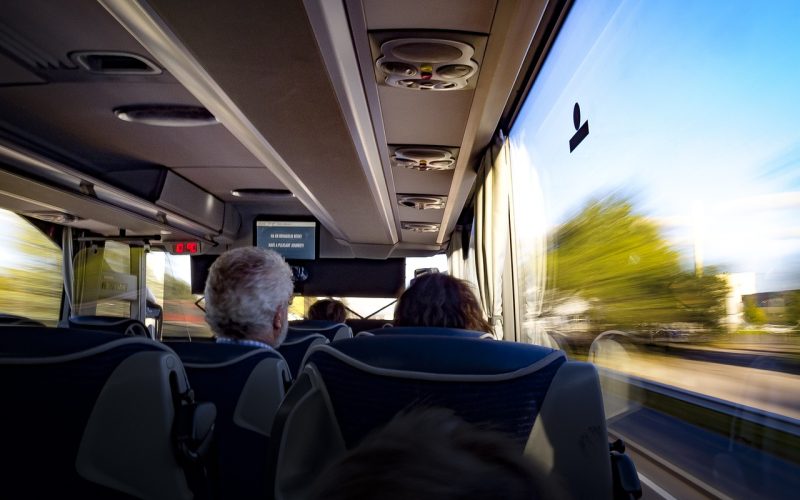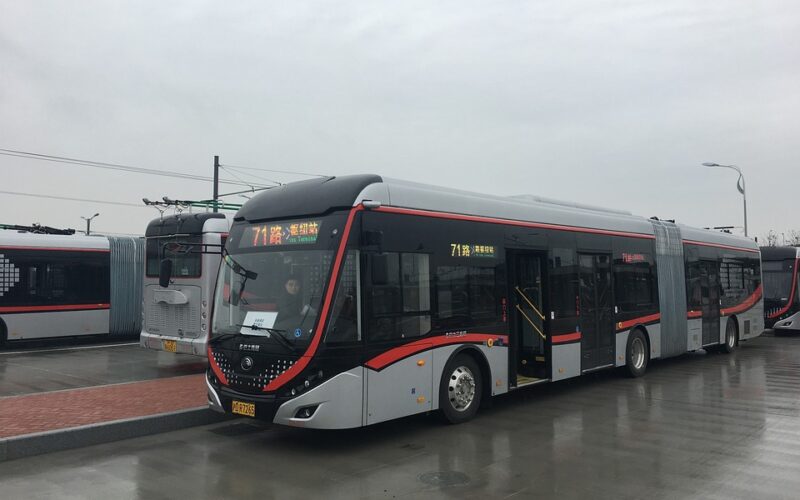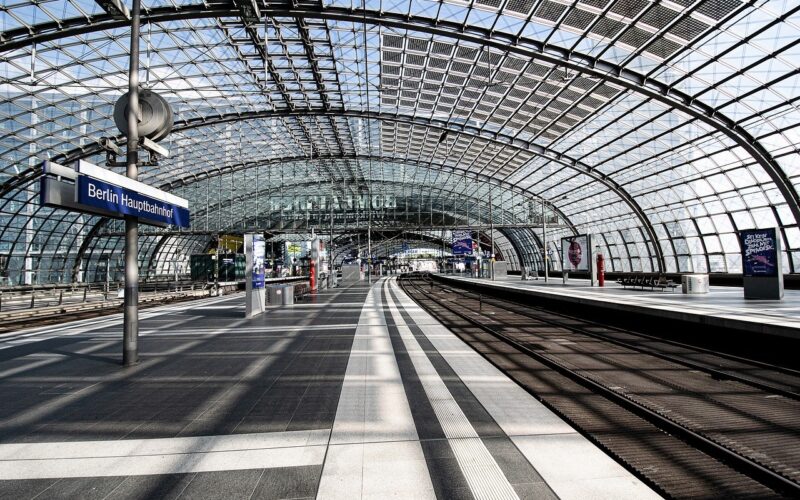Passengers and Staff
Security within a bus station is a multifaceted responsibility that aims to ensure the safety of all individuals present, including passengers, staff, and the general public. By addressing an array of concerns related to crime prevention, emergency preparedness, and monitoring mechanisms, a secure environment can be achieved.
Below, we explore the critical security requirements for an operational and secure bus station, including the technological and human elements necessary to meet public safety needs.
Safeguarding public safety
One of the most effective tools in safeguarding public safety within a bus station is the implementation of robust surveillance systems. Closed-circuit television (CCTV) cameras should cover key areas such as entrances, ticketing halls, waiting lounges, and parking spaces. These systems act as both a deterrent to crime and a means for law enforcement or security personnel to monitor activities in real time.
CCTV footage should also be stored for a specific period, allowing investigators to review incidents after they occur. The presence of surveillance systems reassures passengers and discourages illicit or unsafe activity within the facility.
Securing passenger areas
Passenger safety is paramount in any transportation hub. Properly lit areas, clear signage, and safe waiting zones are essential to reduce the risks of accidents and criminal activity. Emergency call points should be strategically installed throughout the bus station, enabling passengers to request assistance quickly if needed.
Furthermore, security personnel should patrol passenger areas routinely to provide both a visible deterrent to crime and a reassuring presence for those travelling. The design of passenger zones should also consider access control measures, preventing unauthorised individuals from entering restricted or sensitive areas.
Protecting staff and operational spaces
The safety of staff members, from ticket agents to maintenance personnel, is another crucial aspect of a secure bus station. Dedicated staff-only areas, such as break rooms and offices, should be secured using access-controlled doors that require ID badges or similar credentials to enter.
Clear protocols for handling emergencies, such as workplace violence or robberies, must be in place, and staff members should receive relevant safety training. Additionally, integrating CCTV cameras into staff areas not only protects employees but also ensures that operations remain compliant with safety standards.
Comprehensive emergency preparedness
Emergencies can arise in many forms, from medical incidents to natural disasters. A well-prepared bus station should include an emergency response plan that outlines clear procedures for evacuation, communication, and assistance. Public address systems can play a vital role in guiding passengers and staff during emergencies, ensuring everyone remains informed about safety instructions.
Coordination with local law enforcement and emergency services is also essential for managing large-scale incidents effectively. Routine drills and training sessions for both staff and security personnel further strengthen the station's preparedness.
Leveraging advanced surveillance technology
Closed-circuit television systems should be supplemented with modern technological advancements to maximise security. For example, software with facial recognition capabilities can be integrated into Bolton CCTV networks to identify individuals of concern or detect unusual behaviour. Remote monitoring, enabled through secure network connections, allows security teams to oversee the bus station from off-site locations, providing an additional layer of protection.
The use of analytics within CCTV systems can help flag suspicious activities, such as unattended baggage or loitering, enabling a proactive response to potential threats.
Crime deterrence and prevention
Effective crime prevention strategies go hand-in-hand with surveillance and staff training. Signage highlighting the presence of CCTV cameras serves as a proactive measure to deter criminal acts, such as theft or vandalism. Security personnel should also be equipped to handle disruptive behaviour, ensuring that incidents are de-escalated quickly to maintain order.
Collaboration with local police to perform periodic security audits and share insights about crime trends ensures that the station's security measures remain comprehensive and up to date. Affording passengers a sense of security within the facility ensures continued trust and usage.
Promoting a safer experience for all
the integration of surveillance, staff support, and emergency response plans culminates in a safer environment for both passengers and personnel. Bus stations serve as key arteries in public transportation networks, and ensuring their security is vital for maintaining public confidence.
Investments in infrastructure, technology, and training all contribute to the collective effort to safeguard individuals, property, and operations. By prioritising security through frameworks that incorporate CCTV Bolton, staff vigilance, and public welfare, the station can foster a safe and welcoming atmosphere for everyone.
Through these measures, a bus station can fulfil its responsibility to safeguard the lives and wellbeing of its users. Security is not just a feature, but a fundamental necessity that enables the smooth operation of public transportation. Whether travelling or working, everyone deserves to feel protected within these vital public spaces.







